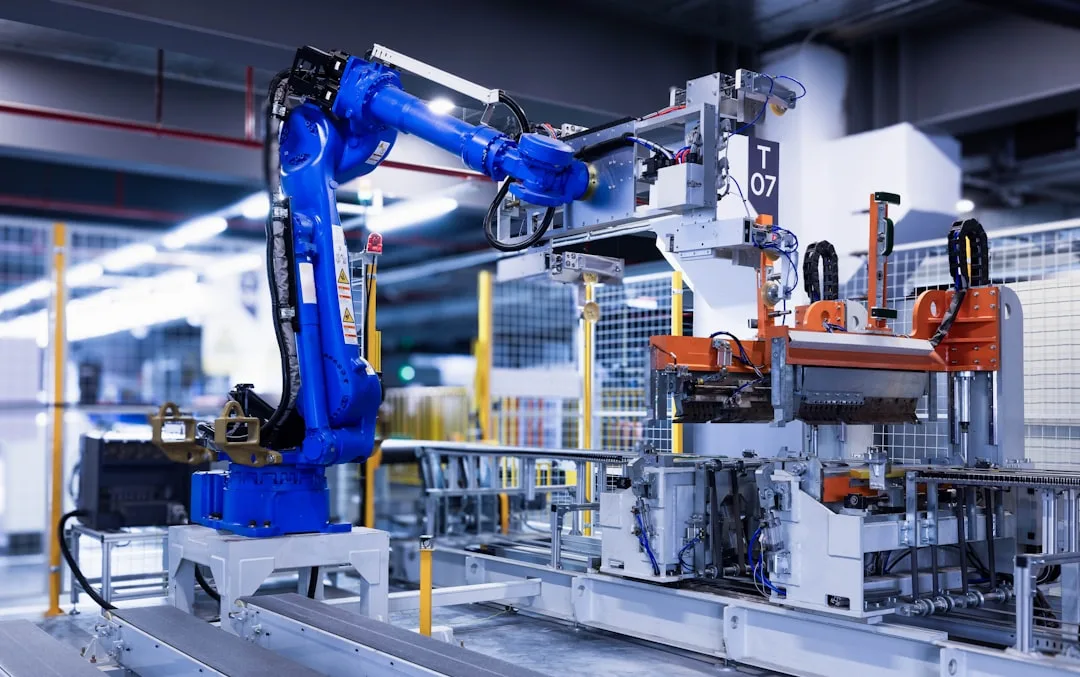
Newsletter Subscribe
Enter your email address below and subscribe to our newsletter

Enter your email address below and subscribe to our newsletter

AI Automation: Transforming Business Operations and Efficiency
In the rapidly evolving digital landscape, AI automation has emerged as a pivotal force transforming business operations and efficiency. As companies strive to stay competitive, the integration of AI-driven automation tools is becoming not only a trend but a necessity. This transformation is particularly crucial for tech professionals, automation engineers, and solopreneurs who are keen on leveraging cutting-edge technology to streamline processes, reduce costs, and enhance productivity.
AI automation is reshaping the way businesses operate, offering unprecedented levels of efficiency and accuracy. With advancements in machine learning and AI, businesses can automate mundane and repetitive tasks, allowing human resources to focus on more strategic activities. The result? Enhanced operational efficiency, reduced errors, and significant cost savings. In today’s fast-paced market, the ability to quickly adapt and implement AI automation can be the difference between thriving and merely surviving.
To harness the power of AI automation, it’s essential to understand the toolchain involved. Here are some key tools and APIs that are indispensable for any business looking to transform its operations:
These tools, when used effectively, can transform the way businesses operate, making processes more efficient and reducing the need for human intervention in routine tasks.
Let’s walk through a step-by-step guide on how to implement AI automation in a business setting, using a combination of the tools mentioned above.
Begin by mapping out your business processes. Identify repetitive tasks that are time-consuming and prone to human error. These could include data entry, customer service inquiries, or inventory management.
Select the appropriate AI tools for the tasks you want to automate. For instance, use UiPath for robotic process automation, and integrate it with Zapier to connect various applications.
Using UiPath, create automated workflows for the tasks identified. For example, automate data entry by setting up a bot that extracts information from emails and inputs it into your CRM system.
Incorporate AI models like GPT-4 or IBM Watson to enhance decision-making processes. For example, use GPT-4 to draft responses to customer inquiries or IBM Watson to analyze customer data for insights.
After implementing automation, continuously monitor the system’s performance. Use analytics tools to measure efficiency gains and identify areas for further optimization.
Despite its advantages, AI automation is not without challenges. Here are some potential pitfalls:
The benefits of AI automation are substantial. Businesses can expect:
The return on investment (ROI) for AI automation is significant, with businesses often recouping their investment within months due to increased productivity and reduced operational costs.
For more insights on maximizing automation ROI, check out our related article on RuntimeRebel.com: Maximizing ROI with Automation Technologies.
One common misconception is that AI automation will completely replace human jobs. Instead, it’s more likely to redefine roles, with humans and machines working collaboratively. The future of work will see AI handling routine tasks, while humans focus on creativity, strategic thinking, and problem-solving.
Explore the potential of AI automation by integrating tools like Zapier and IBM Watson into your existing workflows. For a deeper dive into automation strategies, visit our article on RuntimeRebel.com: Advanced AI Automation Strategies for Startups.
By embracing AI automation, tech professionals, automation engineers, and solopreneurs can unlock new levels of efficiency and innovation, positioning themselves for success in the digital age.